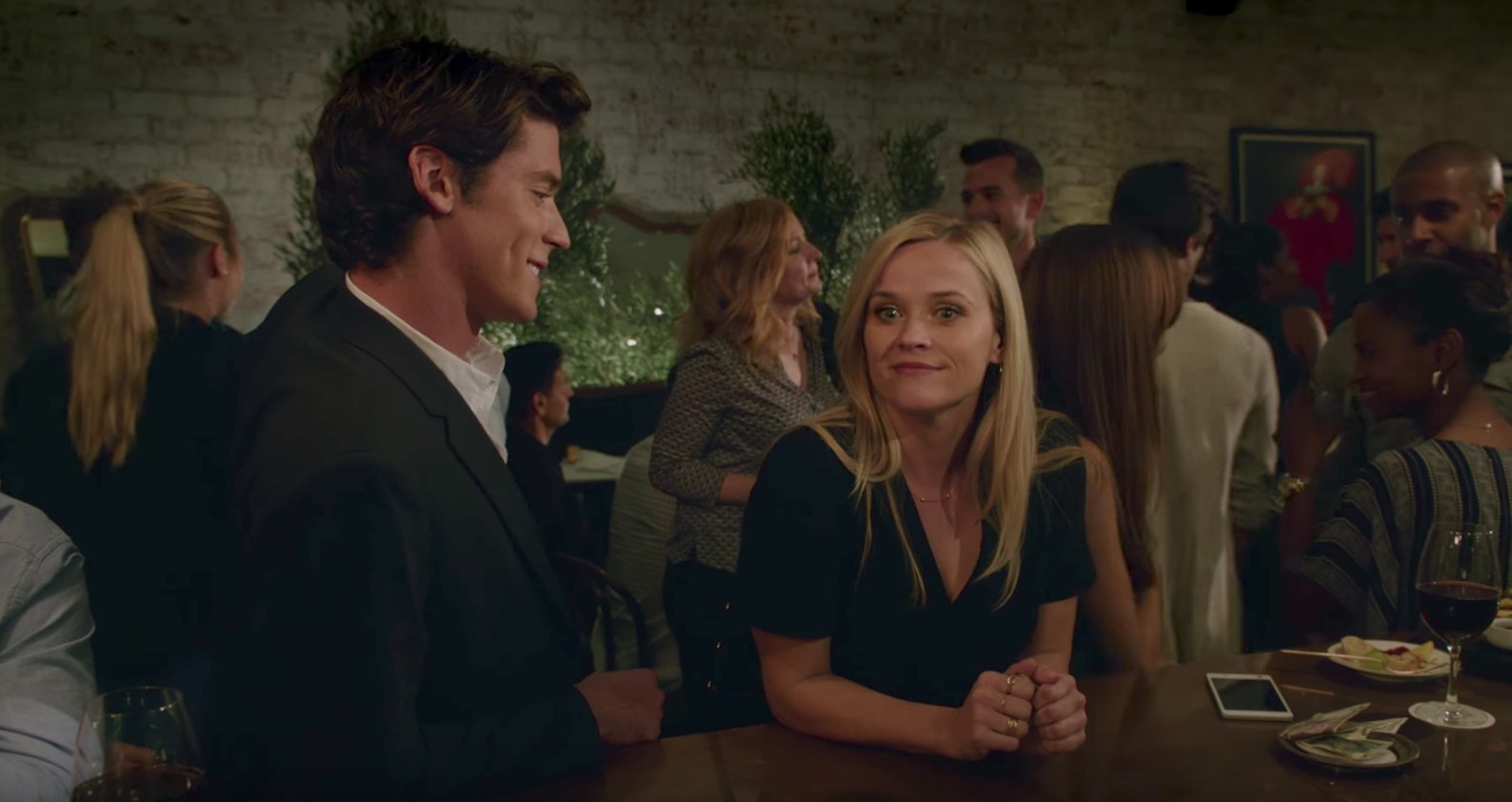Within the totality of Malignant, there are many markers of James Wan’s directorial career. The gothic and brooding atmospheric cinematography of 2007’s Dead Silence. Saw and Death Sentence’s blunt and unforgiving gore are a couple of examples. Additionally, The Conjuring 1 & 2’s haunted house uneasiness, and Insidious’s supernatural and otherworldly textures are referenced. Malignant‘s trailers tried to keep things as coy as possible. Even then, it wouldn’t prepare you for the various avenues that catapults you like a pulled-back rubber band. The first two acts play like a summary of all the roads Wan has traveled as one of the top modern horror crafters. The film starts with a flashback to a psychiatric hospital where someone named Gabriel is wreaking havoc. Enabled with powers to broadcast his thoughts through electrical currents, he lays waste to a platoon of doctors and security.
But soon after, the point-of-view comes to the modern-day. Madison Lake (Annabelle Wallis) lives in a towering, old house in Seattle with her husband Derek (Jake Abel). Madison is pregnant, and there is a considerable strain on her marriage, as she’s unfortunately lost other attempts at being a mother. Derek is also abusive towards her – and in this instance, she barricades herself in their bedroom. But something happened that night. With Wan and Michael Burgess’s cinematography, Derek walks into the dim kitchen with unexplainable things occurring. A dark specter slaughters him and knocks Madison unconscious.
Akela Cooper’s screenplay (she also worked on Wan and Ingrid Bisu with the story) fuses many parallel story ideas. Madison sees murders happen in spaces where her surroundings melt around her. The same terrifying presence that we come to know as Gabriel (voiced by Ray Chase, played by Marina Mazepa) is on a mission to exact vengeance on the remaining doctors and complicate Madison’s life. He somehow hints at a link between them. From there, along with her sister Sydney (Maddie Hasson), they search for the truth through old home movies and repressed memories. We have an adoption family drama, a slasher film, and a potential telepathic link between an innocent bystander and a crazed killer. All of this, with a splash of Cronenberg-esque body horror and detective thriller, sounds like a mess on paper. Sometimes, it’s a lot to take it, but it’s an adjacent fun rollercoaster ride.
While the first two acts of Malignant strive to stay grounded at a considerable pace – the latter half of the film takes the restrictor plates of the engine. Wan steers you to a place where you think you know how the story is going to unfold. We walk into familiar James Wan settings like a living room where a hypnotherapist is summoned to dive into the root of Madison’s and Gabriel’s past. VHS tapes of a young Madison (played by Mckenna Grace) hearken to Gabriel being a sinister imaginary friend. Detectives Kekoa Shaw (George Young) and Regina Moss (Michole Briana White) illustrate the good cop/bad cop dynamic, with Moss suspecting Madison’s stories. I mean, would you believe that an imaginary friend is violently manifesting itself to a tune of a multiplying trail of bodies?
That’s where the charm of Malignant lies. It relishes in the ridiculous and campy nature of its twist and doesn’t hold back. Especially finding out what Gabriel is and how the parasitic relationship with Madison reveals itself to be. There are buckets of blood, severed body parts galore, but also a story about body autonomy. Madison has many things taken from her; from her babies, her identity, not knowing who her true family is, and being subject to experiments early in her life. A storyline that swims through the undercurrent of the bombastic visualizations you see throughout the runtime. Like those for Insidious and The Conjuring, Joseph Bishara’s score serves as an inflection point when certain revelations come to pass or to be a tension raiser. A collision of gorgeous and ghastly colors of fogs devour certain places.
Malignant could have been another venture into the paranormal or a choice to follow one path. And it’s better than it didn’t. In some ways, it’s a terror love letter to the Giallo sub-genre with the farfetched insanity of 1979’s The Brood and the Masters of Horror episode, “Imprint.” A world was created where anything conceivable could happen. While the twists and turns could disorient some in parts, we will look at this as a horror film that wasn’t afraid to get weird and love doing it.
Photo Credit: Warner Bros. Pictures













